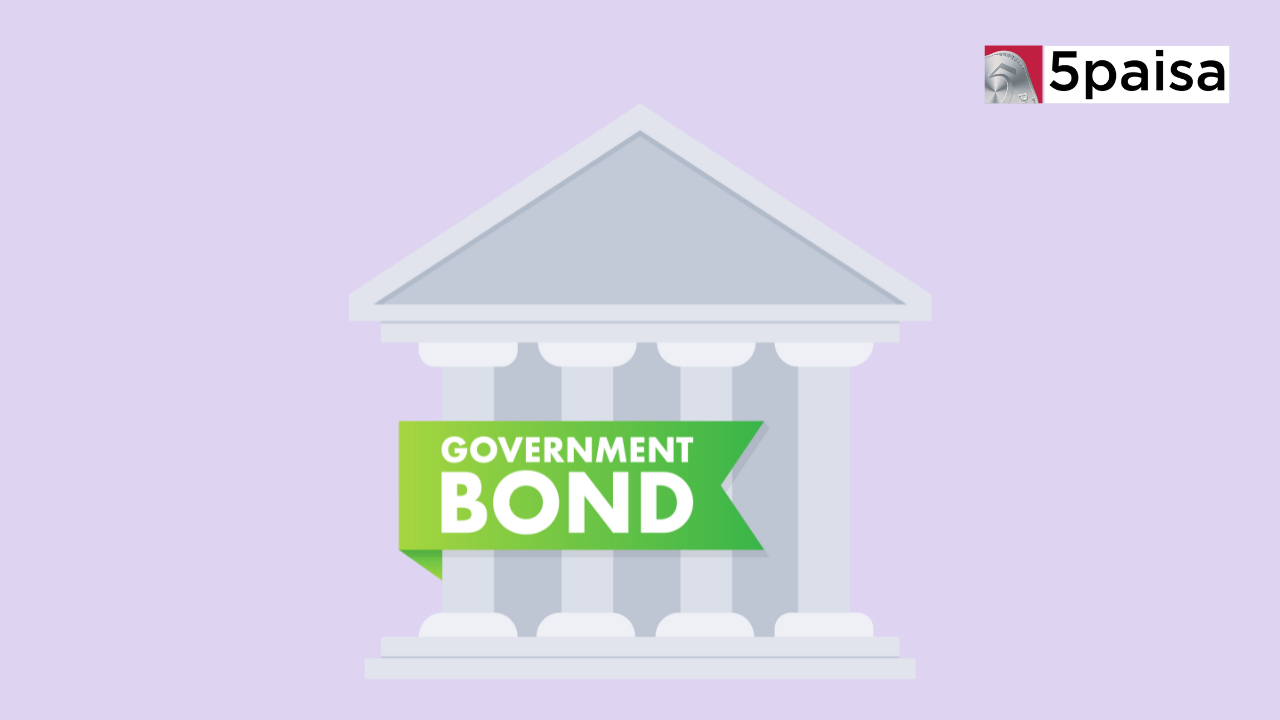Top Growth Stocks Trading at a Discount
The many red flags that are deterring investors away from Dhanlaxmi Bank

Last Updated: 23rd November 2022 - 05:40 pm
There are select managerial markers that always typify a well-run company.
When looked deeply, one invariably finds that in high-performing companies the board of directors, the promoter, the CEO, the senior management and, by and large, the body of shareholders are on the same page. These individuals share a common vision for the company, a distant goal towards which the company steadfastly strives, a harmonised synchronicity in operations and last but not the least, open and transparent channels of communication.
All of these are conspicuous, by their absence, in the case of Dhanlaxmi Bank. What is more worrying in the case of this company is that it is in the banking business, which effectively puts the internal dynamics of the company under the larger rubric of public good and under the direct supervision of the central bank.
Given the manner in which the narrative has been unravelling for this Thrissur-based bank, the intervention by the Reserve Bank of India is quite welcome, albeit the efficacy of this intervention is still far from apparent.
Before we come to terms with the current condition of the bank, we need to take a quick trip down history lane to understand the who, what, when, where and how underscoring the fall from grace for the private lender.
Soar first, then crash and burn
The year is 2012. The Managing Director and CEO Amitabh Chaturvedi, at the helm since 2008, decides to call it quits in February that year as spiralling differences between him and the board of directors render it increasingly difficult for him to execute his duties.
Chaturvedi's time as the CEO of the bank was marked with a breath of ambition. Chaturvedi wanted to expand Dhanlaxmi’s presence across India as opposed to a predominant presence in one state alone. For the record, Chaturvedi had proved his mettle before landing at Dhanlaxmi Bank. His stints at ICICI Bank and Reliance Capital spoke for him, and since 2008, he ushered a virtual transformation in the bank that would have graced the pages of management textbooks had it not been for the sore letdown that followed.
In a span of three years, the loan book of the company vaulted from Rs 2,500 crore to a little over Rs 10,000 crore. In fact, between December 2008 and June 2011, the advances portfolio of the bank grew by a whopping 229% as it pushed forward with its insistence on a retail portfolio.
Side by side, more and more customers tapped the bank looking to park their savings. Consequently, deposits leapt to Rs 13,800 crore from a middling Rs 3,400 crore. The employee workforce zoomed right up to 4,000 employees from barely a thousand in 2008, and between 2010 and 2012, the bank opened 100 new branches. What’s more, ‘Dhanlakshmi’ Bank, for reasons best known to the senior management, became “Dhanlaxmi’ bank.
Ticking down to an implosion
The sudden flexing of banking heft, obviously, attracted the central bank’s attention. In January 2012, the RBI stepped in and took a closer look at the bank’s account as the exponential growth of the bank started to appear a little too good to be true. Hobbling the bank’s growth arc was a section of its own employee union, the All India Bank Officer’s Confederation (AIBOC), which claimed that the bank was dressing up its account to inflate profits and deflate ratcheting costs.
Reportedly, there was bad blood brewing between Chaturvedi and the board of directors who were not willing to see eye-to-eye on the future course of strategy for the bank.
One can hardly fault the board of directors given that they had several reasons to be worried. For instance, the bank was pressing ahead with its credit expansion spree on the back of short-term liquidity. Elevated reliance on short-term liquidity, the board of directors feared, could spin off into an asset-liability mismatch situation. Additionally, the cost-income ratio was being disfigured as the bank kept pushing ahead in a steroidal growth initiative while refusing to take a breather or a reckoning of how long can it keep pushing ahead with such aggression.
By August 2012, the auditor of the bank resigned after citing financial irregularities, and the going only got tough for the bank from thereon. By 2015, RBI’s supervision was notched up another level, and Dhanlaxmi Bank was placed under the Prompt Corrective Action framework.
In deep waters
In 2019, the RBI took Dhanlaxmi Bank out of the PCA framework. However, the bank still finds itself mired deep in trouble. The discord stirring within the private lender came to a boil when the shareholders voted out the RBI-appointed director Sunil Gurbaxani in September 2020, barely seven months after he took charge as the CEO of the bank.
A section of shareholders put Gurbaxani, a professional with over 35 years of experience with State Bank of India and Axis Bank, in the crosshairs alleging that he was seeking investments from a ‘north lobby’ and planning on opening branches in North India, which would have effectively facilitated a takeover and a loss of the ‘Kerala identity’ of the bank.
Besides, the controversial ouster of Gurbaxani, another reason why the 95-year-old bank has not been able to get back on track is a persistent, and rather, militant struggle brewing between a small clique of minority investors and the bank’s promoters.
The minority investors group—led from the front by a Middle East-based billionaire and head of RP group, B Ravindran Pillai—has for quite some time now, been flagging several financial concerns. The tiff between the two camps came to the fore in September 2021 when the bank’s board refused to greenlight the appointment of Pillai and five other directors. Consequently, the group moved the Kerala High Court, only for the bank to fight back. In the meanwhile, it was the bank that suffered as it could not raise much-needed funds and no new members could be inducted into the board of directors, thanks to the court battle.
Simultaneously, another section of shareholders moved an application seeking to hold an extraordinary general meeting which aimed at limiting the powers of the CEO and directing the bank to settle with the shareholders litigating in the Kerala High Court. However, the Kerala High Court rules against the shareholder cum petitioners saying that their petition seeking board positions cannot be entertained. Simultaneously, the EGM application was withdrawn after a truce was reached between the bank and the agitating shareholders to appoint three new members to the board.
From bad to worse
As things stand now, Dhanlaxmi bank is in the doldrums. Over the quarters, the bank has been registering improvements in its Net Interest Income, which has been spiking up from around Rs 80 crore in the Q1FY22 to Rs 117 crore in the latest quarter. However, the optimism emanating from this indicator alone is short-lived.
While NII has been improving, operating profit has plummeted to nearly half from Rs 63.62 crore in Q4FY22 to Rs 35 crore in the quarter ending September.
Net profit is where the real battering that the bank has been taking becomes apparent. After registering a profit of Rs 23.42 crore in Q4FY22, the bank’s bottom line in the next quarter receded to a loss of nearly Rs 27 crore and recovered to Rs 16 crore in the second quarter of this fiscal year.
The pain is also apparent from the cost-to-income ratio which has been wildly and threateningly eroding the bank’s profitability. In the quarter ending June, the bank’s C/I ratio was at an incredible 105.24, and in the latest quarter was at 87.09, which should serve as a red flag for investors hoping for a turnaround in the private lender’s operations.
No wonder, then, that the share, which in 2010 was trading at as high as Rs 195, is now available at levels of Rs 14.
Trending on 5paisa
04
 5paisa Research Team
5paisa Research Team
Discover more of what matters to you.
Indian Stock Market Related Articles
Disclaimer: Investment in securities market are subject to market risks, read all the related documents carefully before investing. For detailed disclaimer please Click here.
 Sachin Gupta
Sachin Gupta Ruchit Jain
Ruchit Jain




